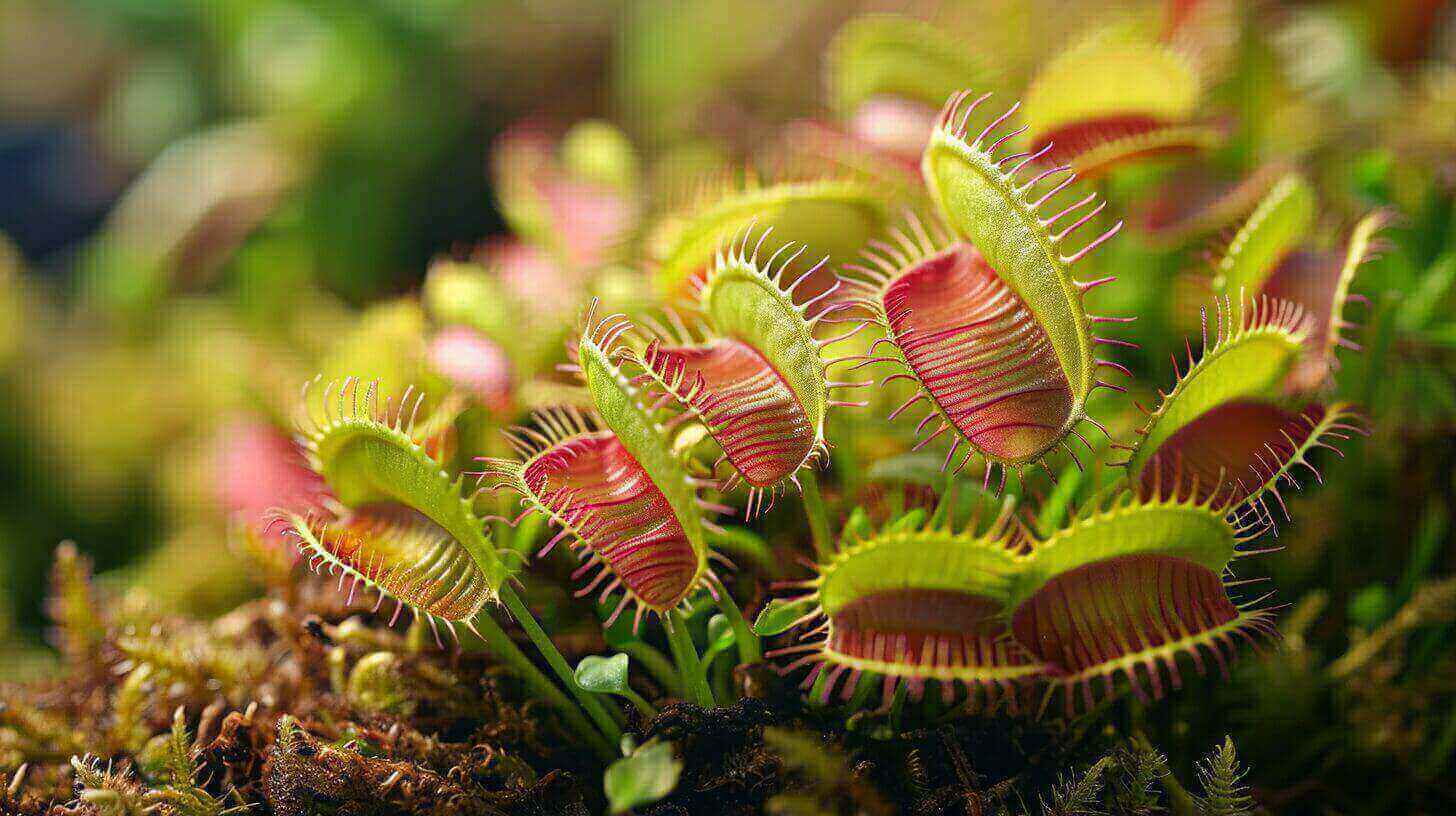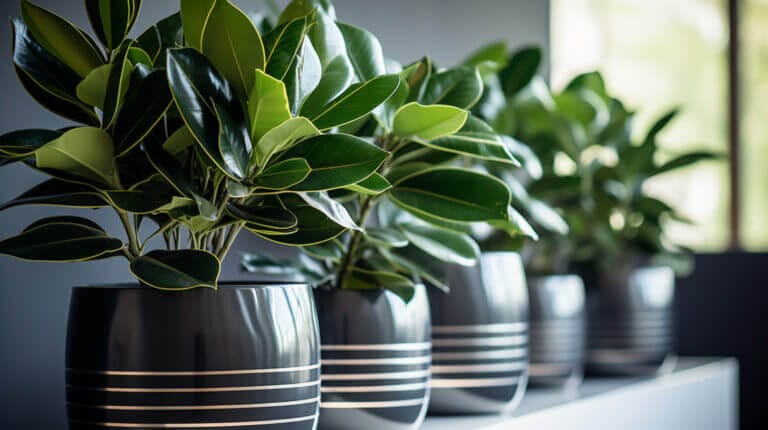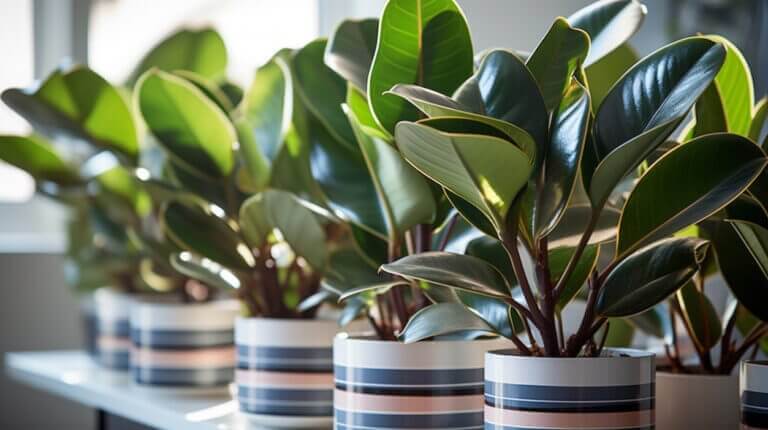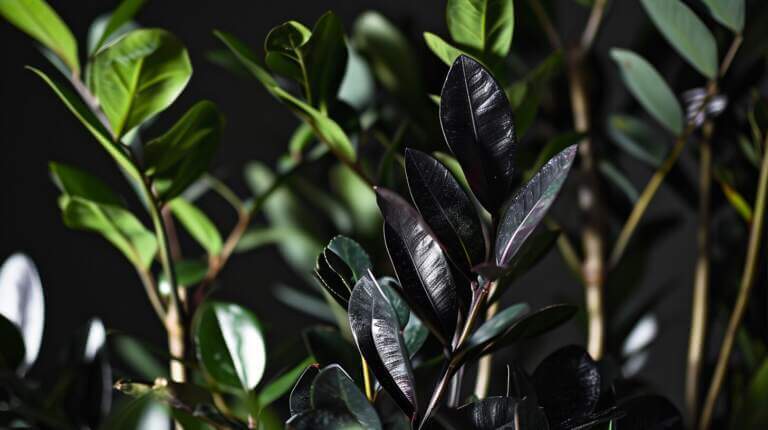Venus Flytrap Dormancy Requirements: Why It Goes Dormant and How to Induce It
Venus flytraps are hardy perennial plants that go dormant naturally in the fall. They can withstand frost and light freezes, but extended periods of freezing temperatures can be detrimental. In order for Venus flytraps to survive long-term, they require a dormancy period that lasts three to five months, with a minimum of 10 weeks. During dormancy, it is important to provide the plant with as much light as possible, unless placed in extremely cool conditions. There are different methods for inducing dormancy, including outdoor dormancy for zones 8 or better, protected outside dormancy for zones 4-7, and refrigerator dormancy as a last resort. Care should be taken to avoid overwatering during dormancy, and plants should be monitored for any signs of rot or fungal attacks. Venus flytraps that are grown indoors still require a light dormancy period.
Key Takeaways:
- Venus flytraps go dormant naturally in the fall.
- Dormancy periods of three to five months are necessary for long-term survival.
- Inducing dormancy can be done through outdoor, protected outside, and refrigerator methods.
- Proper care during dormancy includes avoiding overwatering and monitoring for rot or fungal attacks.
- Even indoor Venus flytraps require a light dormancy period.
Understanding the Dormancy Process
The stages of Venus Flytrap dormancy
For the long-term health of the Venus Flytrap plant, a period of dormancy is essential. This dormancy period allows the plant to reset its biological processes and conserve stored energy in the bulb. Understanding the stages of Venus Flytrap dormancy is crucial for successful plant care.
Dormancy typically occurs during the winter months when the days become shorter and temperatures drop. There are three stages of Venus Flytrap dormancy: pre-dormancy, dormancy, and post-dormancy.
During the pre-dormancy stage, which usually starts in late summer or early fall, the Venus Flytrap’s growth slows down, and the leaves may become smaller and less active. It is important to continue providing the plant with sunlight and water during this stage to ensure it remains healthy.
The dormancy stage is when the Venus Flytrap enters a period of rest. This usually occurs in late fall or early winter. During this stage, the plant’s growth completely stops, and it may appear dead or dormant. The leaves may wither and turn brown, but this is a natural process and should not be a cause for concern.
The post-dormancy stage happens in early spring when the days start to lengthen and temperatures rise. At this stage, the Venus Flytrap begins to show signs of new growth. New leaves emerge, and the plant resumes its normal activities, signaling the end of dormancy.
Environmental conditions during dormancy
Proper environmental conditions are crucial for Venus Flytrap dormancy. While inexperienced growers may assume that Venus Flytraps are tropical plants, they actually require a period of dormancy to thrive.
The key factor that triggers dormancy in Venus Flytraps is the photoperiod or day length, rather than temperature. As the days become shorter, the plants naturally enter dormancy. Therefore, it is important to provide the Venus Flytrap with a light/dark cycle that mimics the changes in natural daylight hours.
During dormancy, the Venus Flytrap can tolerate fairly warm temperatures, but it is essential to avoid extreme heat or cold. Exposure to freezing temperatures can damage the plant, so it is recommended to protect it from frost by placing it in a cool but frost-free location.
Some growers choose to plant Venus Flytraps outside in bog gardens and mulch them in winter, providing insulation and protection. Others opt for fridge dormancy, allowing the plants to go dormant naturally before storing them in a cool refrigerator for the winter months.
Length and Duration of Dormancy
How long does Venus Flytrap dormancy last?
Venus Flytraps require a dormancy period every year to ensure their long-term survival and health. The length and duration of dormancy can vary, but it typically lasts between three to five months. However, it is important to note that a minimum dormancy period of 10 weeks is necessary for Venus Flytraps. Any shorter than that, and they will not grow well during the next growing season.
During the pre-dormancy stage, which usually occurs in late summer or early fall, the Venus Flytrap’s growth slows down. The leaves may become smaller and less active. As the days become shorter and the temperatures drop, the plant enters the dormant stage, which typically happens in late fall or early winter. At this stage, the growth completely stops, and the leaves may wither and turn brown. This is a natural process and should not be a cause for concern.
Signs that indicate the end of dormancy
The end of dormancy is marked by the emergence of new growth from the Venus Flytrap. In early spring, as the days start to lengthen and temperatures rise, the plant shows signs of new life. New leaves begin to emerge, signaling the end of dormancy.
To induce dormancy in Venus Flytraps, it is important to provide the right environmental conditions. The key factor that triggers dormancy is the photoperiod or day length, rather than temperature. As the days become shorter, the plants naturally enter dormancy. Therefore, it is crucial to mimic the changes in natural daylight hours by adjusting the light/dark cycle that the plant receives.
While Venus Flytraps can tolerate fairly warm temperatures during dormancy, extreme heat or cold should be avoided. Exposure to freezing temperatures can damage the plant, so it is recommended to protect it from frost by placing it in a cool but frost-free location. Some growers opt to plant Venus Flytraps outside in bog gardens and mulch them during winter to provide insulation and protection. Others choose the fridge dormancy method, allowing the plants to go dormant naturally before storing them in a cool refrigerator for the winter months.
Caring for a Dormant Venus Flytrap
Proper watering and feeding during dormancy
During the dormant period, Venus Flytraps require less water and nutrients compared to their active growing season. It is important to reduce watering frequency and avoid fertilizing the plant during this stage. Overwatering can lead to root rot, while excessive feeding can strain the plant’s energy reserves.
Watering should be limited to keeping the soil slightly moist, but not saturated. The best way to determine the moisture level is to check the top inch of soil with your finger. If it feels slightly dry, you can give the plant a small amount of water. However, be mindful not to water too frequently as this can lead to waterlogged soil, which is detrimental to the plant’s health.
Feeding should be discontinued during dormancy as well. Venus Flytraps rely on catching insects as their source of nutrients. Since they are not actively growing during this period, they do not require additional feeding. In fact, attempting to feed the plant can potentially stress it and disrupt its natural dormancy cycle.
Protection from harsh weather conditions
While Venus Flytraps can tolerate fairly warm temperatures during dormancy, extreme weather conditions should be avoided. Exposure to freezing temperatures can damage the plant, so it is crucial to protect it from frost. This can be achieved by placing the plant in a cool but frost-free location, such as a garage or shed.
Some growers choose to plant Venus Flytraps outside in bog gardens and mulch them during winter to provide insulation and protection. The mulch acts as a barrier against cold weather, preventing the plant from freezing. However, it is important to ensure that the mulch does not become saturated with water, as this can lead to rot.
Another method of protecting Venus Flytraps from harsh weather conditions is the fridge dormancy technique. This involves allowing the plants to enter dormancy naturally before storing them in a cool refrigerator for the winter months. By maintaining a consistent temperature and protecting the plants from freezing temperatures, the fridge dormancy method ensures the well-being and survival of the Venus Flytraps.
Understanding and fulfilling the dormancy requirements of Venus Flytraps is essential for their overall health and vitality. By following proper watering and feeding practices during dormancy and protecting the plants from harsh weather conditions, growers can ensure the successful reemergence of healthy Venus Flytraps in the following growing season.
Methods for Inducing Venus Flytrap Dormancy
To ensure the healthy growth and longevity of Venus flytraps, it is crucial to provide them with the necessary dormancy period. The methods for inducing dormancy vary depending on the climate and growing conditions. Here are the different approaches you can take:
Protected Outside Dormancy (Zones 4-7)
For regions with colder winter temperatures, bringing Venus flytraps inside is recommended. Find a cold room or use a mini greenhouse to provide the necessary dormancy conditions. You can also bury the pots in the ground or use a cold frame for added protection. This method allows the plants to experience the required period of dormancy while shielding them from harsh winter conditions.
Cold Inside Dormancy (Zones 8 or Better)
If you live in a milder climate (zone 8 or better), you can leave your Venus flytraps outdoors and provide them with proper protection. Burying the pots in the ground or using a cold frame can help maintain the required dormancy conditions. By allowing the plants to be exposed to natural outdoor elements, you are ensuring their dormancy needs are met while minimizing the risk of damage from frost or freezing temperatures.
Refrigerator Dormancy (Last Resort)
In regions with extremely cold or warm climates, refrigerator dormancy may be the only viable option. When using this method, it’s crucial to gradually decrease the photoperiod and temperature before placing the plants in the refrigerator. Care should be taken to monitor the plants for any signs of mold or fungal attacks during this period, as the controlled environment of the refrigerator may increase the risk of these issues.
| Method | Recommended Zones | Benefits |
|---|---|---|
| Protected Outside Dormancy | Zones 4-7 | Provides necessary dormancy conditions while protecting the plants from harsh winter conditions. |
| Cold Inside Dormancy | Zones 8 or Better | Allows the plants to experience natural outdoor elements while meeting their dormancy requirements. |
| Refrigerator Dormancy | Last Resort | Suitable for regions with extreme climates, offering a controlled environment for dormancy. |
Care Tips for Venus Flytraps During Dormancy
During dormancy, it is essential to provide the proper care for your Venus flytraps to ensure their health and vitality. Here are some important care tips to follow during this dormant period.
Watering: During dormancy, it is important to water your Venus flytraps less frequently. Allow the soil to dry out slightly between waterings to prevent overwatering and the risk of root rot. Remember, these plants are accustomed to drier conditions during their dormant phase.
Light: Despite being in dormancy, Venus flytraps still require adequate light. Place your plants in an area where they can receive as much natural sunlight as possible. If natural light is not sufficient, consider using artificial lighting setups to provide the necessary light for their growth.
Repotting: Dormancy is also a good time to consider repotting your Venus flytraps. February is an ideal time for repotting, as the plants do not have deep roots yet. Choose a well-draining soil mix and a pot that allows for proper air circulation. Repotting during dormancy will promote healthy growth once the plants emerge from their dormant phase.
Emerging from Dormancy: When your Venus flytraps start to emerge from dormancy, you will notice the growth of new traps and heart-shaped prostrate leaves lying flat on the ground. To promote stronger growth, pinch the buds at the tip to prevent the further growth of the flower stalk. Also, remove any stalks that have been cut off to prevent mold and damage to the plant.
FAQ
What is a Venus Fly Trap and why does it go dormant?
A Venus Fly Trap is a type of carnivorous plant that catches and digests small insects. It goes into dormancy, a period of rest, during the winter months to conserve energy, much like other plants do.
Can you skip the dormancy period for a Venus Fly Trap?
It is not recommended to skip dormancy for a Venus Fly Trap. The dormancy period is crucial for the plant’s health and longevity. Without dormancy, the plant may weaken and die.
How do you care for a Venus Fly Trap during its dormancy period?
During the dormancy period, keep your plant in a cool, bright place. Reduce watering and stop feeding the plant. The plant may appear to be dead during this time, but it’s just resting.
Can a Venus Fly Trap grow indoors during dormancy?
Yes, a Venus Fly Trap can grow indoors during dormancy. However, it still needs cool temperatures and reduced light during this period.
Does a Venus Fly Trap require dormancy?
Yes, Venus Fly Traps must have a dormancy period. This period of rest is crucial for the plant’s health and longevity.
Can a Venus Fly Trap survive winter dormancy outdoors?
Yes, Venus Fly Traps can live through a natural winter dormancy outdoors if the conditions are right. They need a cool, but not freezing, environment.







